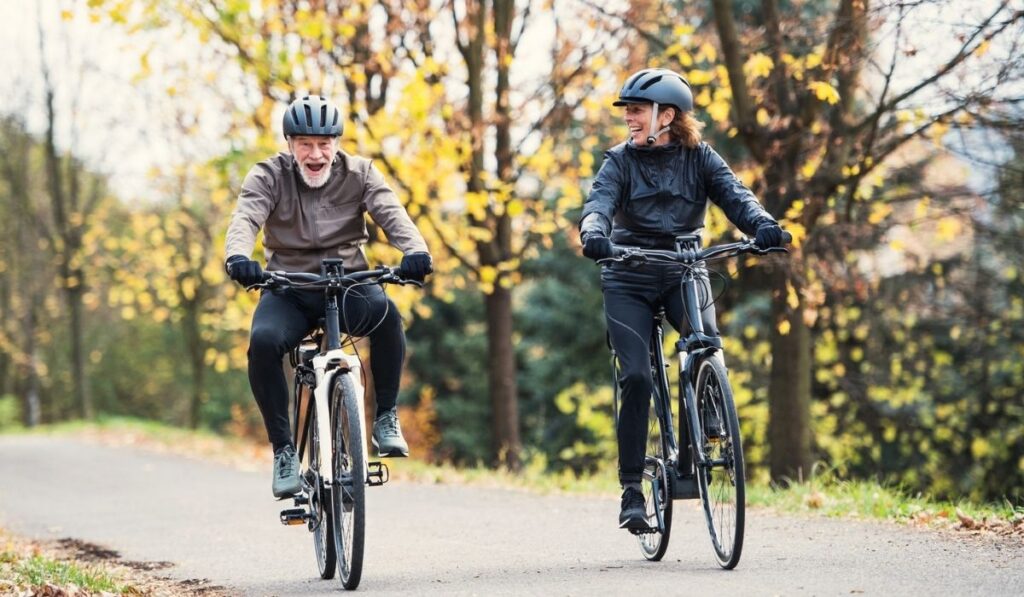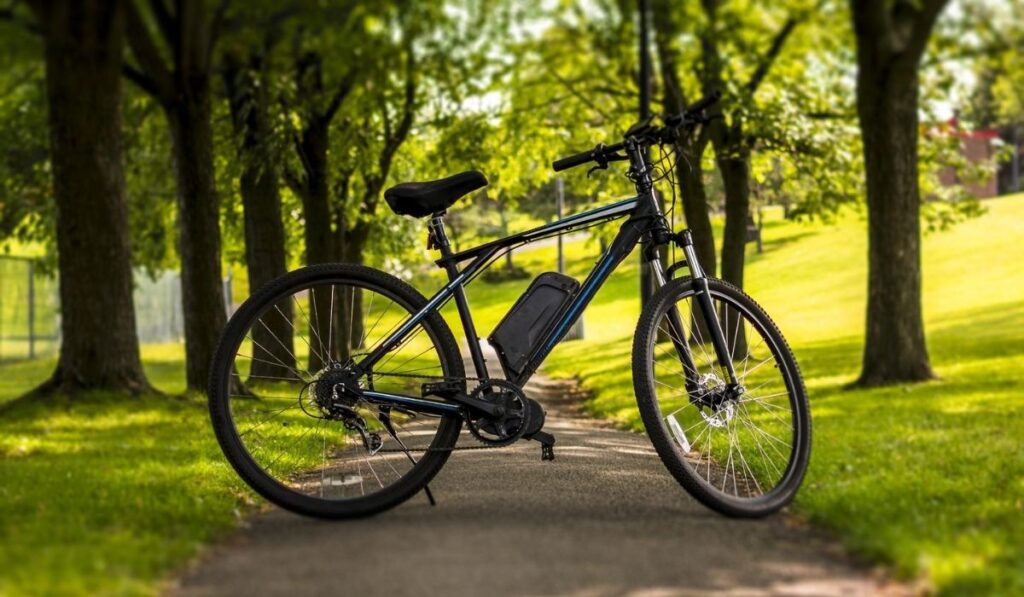While shopping around for e-bikes, you may have run into a few industry terms, including the class system. Before you start making any assumptions, it’s best to understand the differences between the classes. In most cases, a higher class does not simply equal a faster bike. Moreover, the class system isn’t concrete, meaning you’ll need to get more knowledge of the regulatory differences to fully understand how the system operates.
The e-bike class system helps to identify and regulate E-Bikes based on their power and features. Class 1 and 2 bikes have a max speed of 20mph, while Class 3 has a max speed of 28mph. Class 1 bikes have pedal-assist control only, while Class 2 and 3 bikes have throttle control in addition to pedal-assist.
You probably have quite a few questions about the class system. Not only can it be a little counterintuitive, but in some places, it may not even be incorporated in actual legislation and regulations so it may seem a little useless. Unfortunately, there is not yet any standard for laws regarding e-bikes. Knowing what these terms mean will help you figure out the right bike for you.
Understanding the Differences Between E-Bike Classes

When it comes to e-bikes, it can seem like a pretty straightforward machine. It’s just a bike with an electric motor, right? The reality is that there is a lot more to the world of e-bikes than just motors and batteries. So what are the exact differences between e-bike classes?
Put simply: the three e-bike classes are separated by how much power they have, and how that power is regulated and distributed while riding. This has to do with both pedal-assist and full throttle. There are also regulations regarding top speed that help keep riders and other people on the road safe.
While you should always look into your local laws regarding e-bikes, in most areas of the U.S. and Europe, you’ll find established regulations controlling how much power your e-bike can actually produce, discussed in terms of the class system. Additionally, the class system can help you determine which type of e-bike you’re looking for.
Another thing you’ll need to consider is how power is distributed. Understanding which classes offer throttle or pedal-assist can help you better understand what kind of bike you’re purchasing.
The Difference Between Throttle and Pedal-Assist
Newcomers to the e-bike scene may not know about the different power distribution systems of different bikes. While you might think they all operate kind of similar to a motorcycle, that’s not the complete truth.
When we’re talking about throttle, yes, that is the case. Throttle-powered e-bikes will operate in a very similar way to a motorcycle or moped. A control on the handlebars will completely control the motor in the back. Your feet don’t need to be pedaling at all. While some e-bikes offer this feature, not all do. That’s where the class system comes into play.
Pedal-assist bikes do just that; assist pedaling. Some people don’t want this, but others enjoy having to do a little work on their rides. Not only is it a great way to get exercise, but having the pedal-assist usually means you can cover many more miles.
While some think bikes that only have pedal assist are handicapped or held back by not having throttle control, we have a separate article looking at just how valuable pedal-assist bikes can be.
What are The Different E-Bike Classes?

Alright, so let’s jump into it. What are the exact differences between the e-bike classes? Before we jump in, it’s worth reiterating that laws and regulations are fairly universal, but not always.
This means that you should not go away from this article thinking you have the full complete picture of e-bike laws, and we’ll touch on some irregularities later. But first, here is a quick overview of the e-bike classes.
What Are Class 1 E-Bikes?
If you’re looking for an easier, pedal-assist ride, then Class 1 is for you. To be qualified as a Class 1 e-bike, the bike must have a motor that only provides power when the pedals are moving. In some cases, these bikes won’t even have a digital readout or come with other features you might typically expect from a motorized bike.
Some people consider this to be the most basic e-bike class. That isn’t to say you can’t find some great products with this class, though. Plenty of manufacturers produce high-quality Class 1 bikes. If you are okay with just having a pedal-assist, this can be a wonderful option.
Additionally, there are also some speed constraints. For Class 1 e-bikes, 20 mph is the top speed. After that, the pedal-assist turns off. While you can go faster, you’ll have to do so using your own leg-power.
What Are Class 2 E-Bikes?
Before you start thinking about the top speeds up in Class 2, we’ve got all the details you need. Class 2 e-bikes can’t push past the 20 mph cap like class 1, but they do come equipped with throttle power instead of pedal-assist.
Bikes like the Velowave E-Bike (on Amazon) fit this category. As you can imagine, this makes riding a whole lot easier and less physically demanding.
So, if you’re on the hunt for something more akin to a low-speed scooter, these can be a great option. Just remember, like Class 1, after 20 mph, you’ll be all on your own in terms of making the bike move.
What Are Class 3 E-Bikes?
Class 3 is where things get a little bit more interesting.
While you’re still going to be stuck with pedal-assist, like Class 1, you’ll be able to reach a significantly higher speed. How much higher? Well, Class 3 e-bikes have a max motor speed of 28 mph. That’s pretty fast, especially when you consider that most normal cyclists average around 18 mph.
Because faster bikes equal a bigger risk, Class 3 bikes are often more strictly regulated than other e-bikes. In some cases, you’ll find trails and other roads restricting the use of Class 3 e-bikes.
This is mainly due to safety concerns, so don’t start breaking any laws! Speaking of laws, let’s explore what kind of weird situations you might run into.
Regional Laws and Regulation: What You Need to Know
As we said, there really isn’t a universal standard when it comes to e-bike laws. A good strategy to find out rules relevant to you is to contact your local bike shop; they should have a good idea of what the landscape looks like in your area. But if you’re looking for some more information, here is a little dip into what makes the laws so complicated.
First, it’s not just about regulation; it’s also about how laws are enforced and how robust e-bike legislation is. I know it can get confusing, but here are some things to know about the different classifications of laws in different areas:
- Model legislation — These are the kind of thoughtful laws that are not only enforced but designed specifically with the cycling community in mind.
- Acceptable — These laws may be less robust and enforced, but at least they exist.
- Problematic — These are areas where laws don’t really exist to keep you and other people on the road safe.
Whether you live in an area with model legislation and laws or not is something you’ll have to figure out yourself; time to do a little more research!
